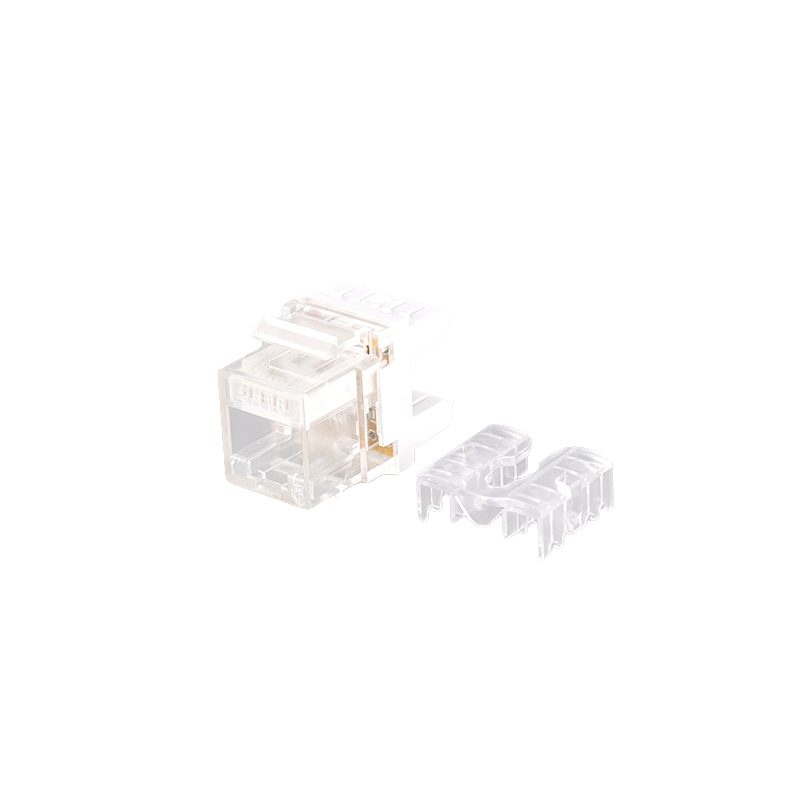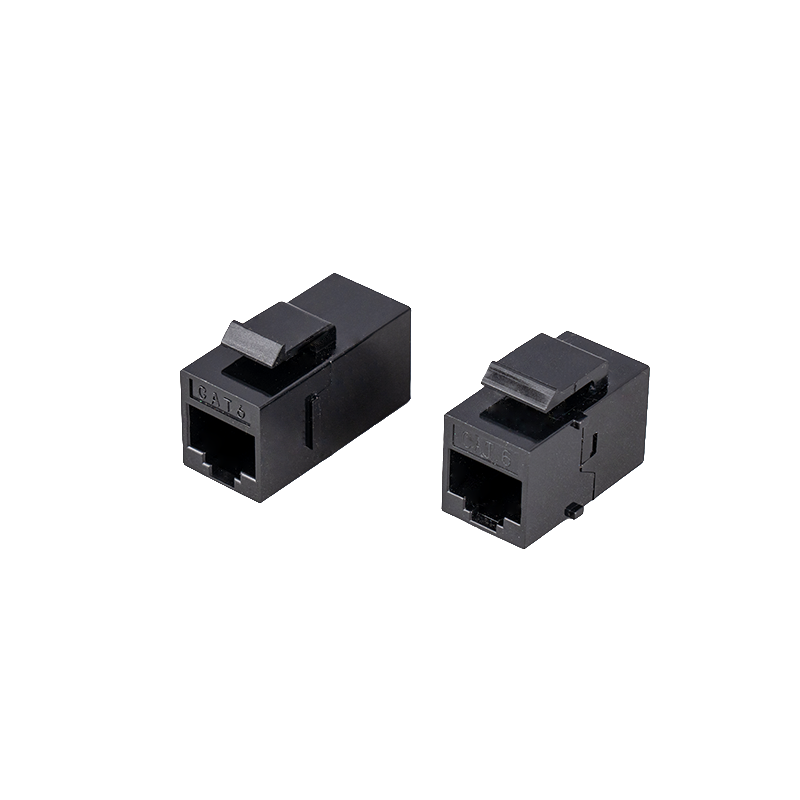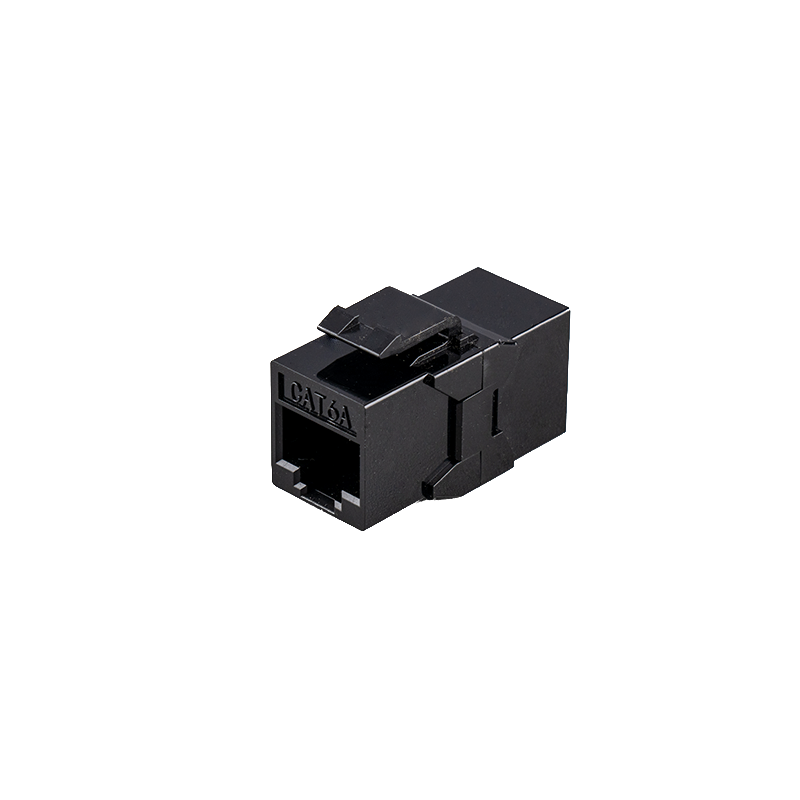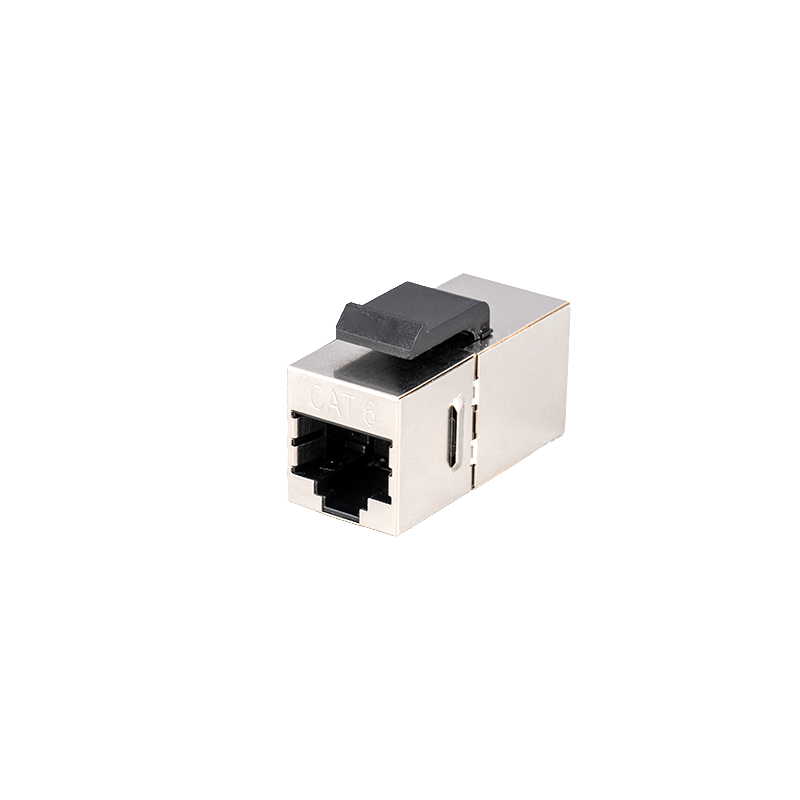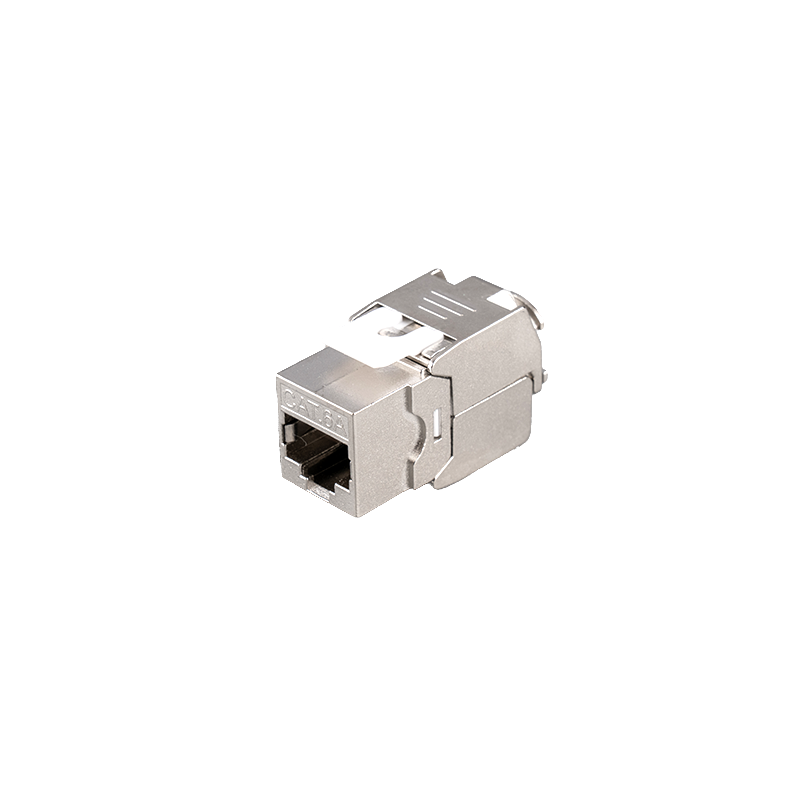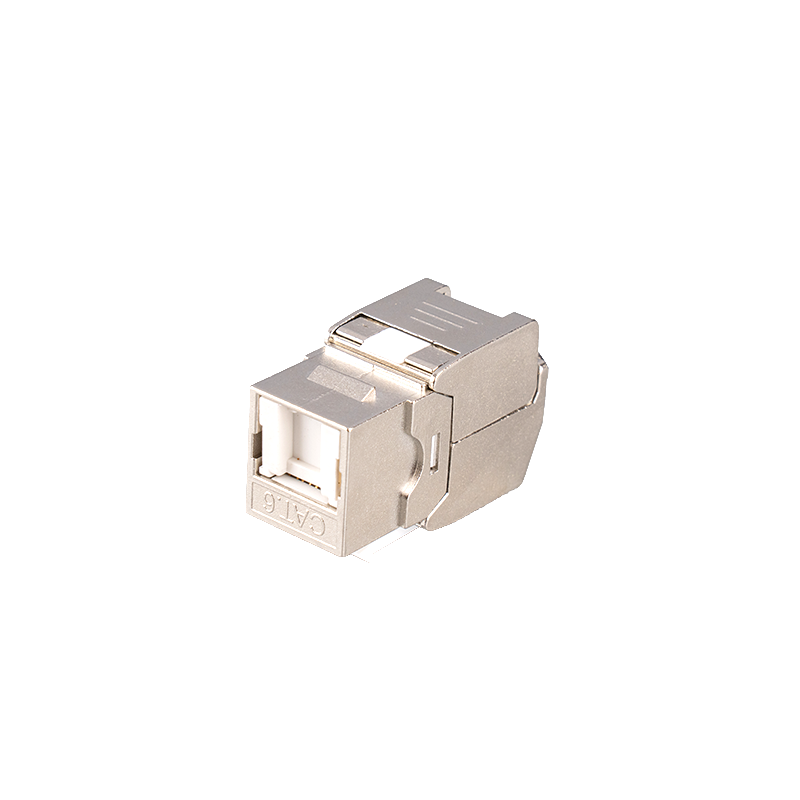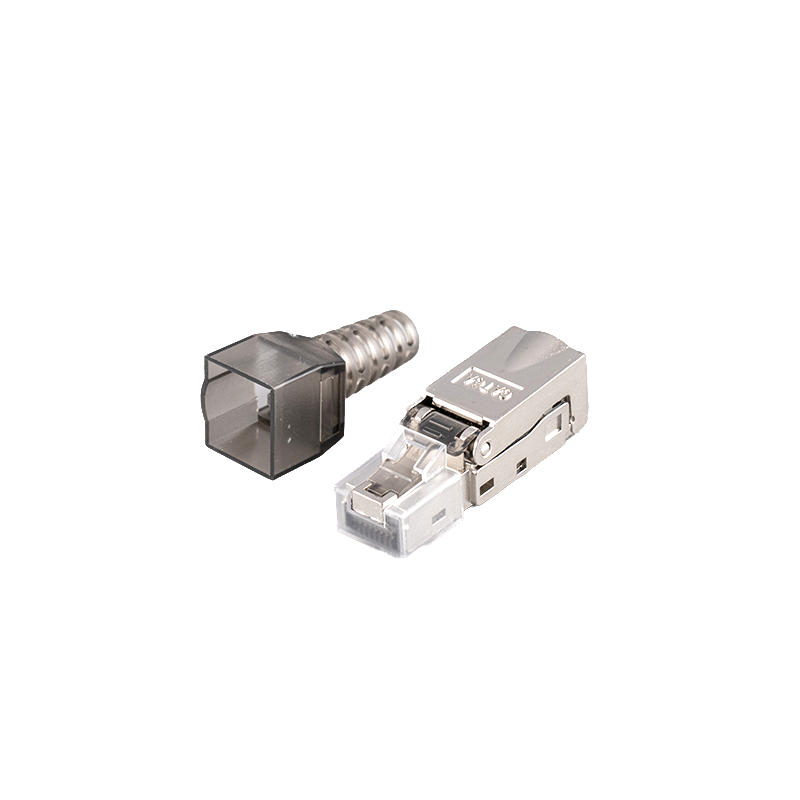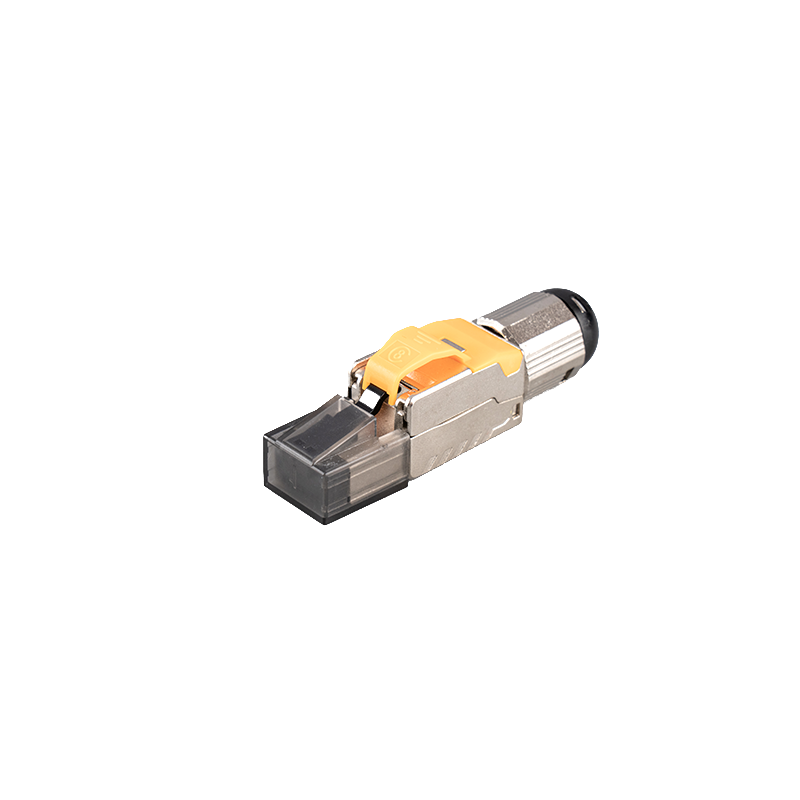
Is it necessary to consider the environment in which the surface box will be used when choosing it?
When choosing a surface box, it is indeed necessary to consider comprehensively based on the environment of use. Here are several key environmental factors:
1. Indoor or outdoor:
The indoor environment is relatively stable, and a surface box made of ordinary plastic material can be chosen; When used outdoors or in semi open spaces, a surface box with waterproof and dustproof performance (such as IP level certification) should be selected to resist the erosion of wind, rain, moisture, and dust.
2. Dry or humid environment:
If the installation location is in a damp environment such as kitchen, bathroom, basement, etc., a surface box with strong moisture resistance should be selected. The metal material should have good rust prevention treatment, and the plastic material should have excellent sealing and insulation properties.
3. Are there any corrosive gases or chemicals present
In environments such as factories and laboratories where corrosive substances may exist, surface boxes made of corrosion-resistant materials such as engineering plastics, aluminum alloys, or stainless steel should be selected, and good joint sealing should be ensured.
4. Whether there is mechanical impact or vibration:
In places with high pedestrian flow, multiple equipment, and susceptibility to impact (such as workshops, warehouses, public areas, etc.), metal or thick surface boxes with strong impact resistance and sturdy structure should be selected to prevent damage and detachment.
5. Do you have aesthetic requirements
For environments such as offices, residences, and commercial spaces that have certain requirements for appearance, surface boxes with simple design and color coordination with walls can be chosen to make the installation more neat and beautiful.
6. Are there any fire prevention requirements
In areas with high power density or fire risk (such as distribution rooms and data centers), surface boxes made of flame-retardant materials should be selected to improve safety levels and prevent the spread of fire.


 英语
英语 中文简体
中文简体




